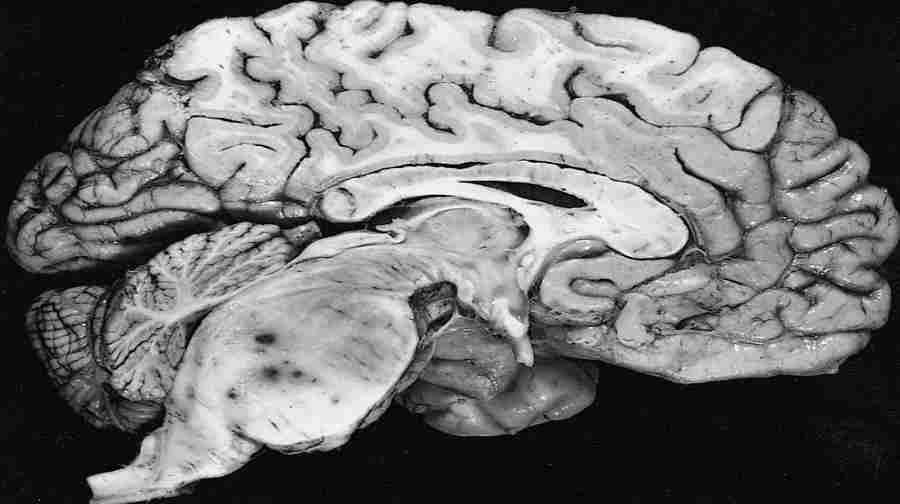Artificial synapses a step on the way to an artificial brain
In the human brain, synapses are responsible for m.in. for the ability to remember and learn. Researchers from the University of Lodz are working on artificial synapses, which will be an essential component of a neuromorphic computer that replicates the work of the human brain.
Scientists from all over the world have long been working hard on neuromorphic systems, or specific computers that work similarly to human mózg. For this reason they are sometimes called artificial mózgiem. The development of such an artificial móThe zgu also assumes e.g. one of the flagship projectsóin the European Union research "Human Brain Project".
Why do we need such an artificial mózg? Dr. Maciej Rogala of the Department of Solid State Physics at the University of Lódzki explains that the development of artificial mózgu m.in. will help us understand why we develop neurodegenerative diseases, such as. Alzheimer’s disease. – For now, we don’t fully understand where they come from and hope that creating an artificial mózgu can pomóc in explaining this issue – mówi Dr. Rogala.
– For neuromorphic computers to do their job, artificial synapses are needed, changing their properties due to learning – explains Dr. Rogala. – MóIn a nutshell, the basis of the work of mózgu are neurons and synapses, or connections between neurons. One neuron connects to another with a synapse. A good connection between neurons results in information between them in mózg are transmitted efficiently. At the same time, when information flows through synapses regularly, it automatically changes them, so we can remember and learn, the scientist adds.
Memristors like artificial synapses
Work on the first neuromorphic computers is developing równolegle in several directions. Some of the scientistsów as artificial synapses want to use a complex system of elementalóin electronic. Other teams are working on artificial synapses made of so-called. memristorów with oxideóin metals. They are the ones with the unique ability to "memorization" their electrical conductivity, which can be described as the ability to learn. And it is the memristor that can become an artificial synapse connecting artificial neurons. Scientists from the team of prof. Zbigniew Klusek of the Department of Physics and Applied Computer Science at the University of Lódzki. In this band swój grant is also being carried out by Dr. Maciej Rogala.
– I have been working with memristors for several years, but so far it has rather been used in computer science and new memory chips. It is a great element for storing information. Recently, however, many groups around the world have begun to wonder whether memristors can not only store information, but also be used as synapses in artificial mózgu,” Dr. Rogala explains to PAP.
So now, in a new project funded by the National Science Center, Dr. Rogala wants to see if titanium dioxide memristors are suitable for use in nanometer-sized artificial synapses. As he explains, it is on titanium dioxide that it is easiest to understand the mechanisms, które occur in memristors. – Titanium dioxide is such a model compound, the basic material on which theórym tests memristor structures,” the researcher points out. – The task of my project is to explain the mechanismóIn the physical and chemicalóre may determine how suitable these systems are for synapses and how they will behave at the nanoscale,” the researcher describes.
First, from titanium dioxide, the scientist will prepare nanowires, które then spróbuje modify by the flow of electric current. Dr. Rogala also intends to see if, if to these nanodrugsóin cyclically will be applied voltage, then whether after some time such an artificial synapse will remember the information, whichórą receives. If such an effect could be achieved, it would be the first step toward building a memristor-based neuromorphic computer.









